Have you noticed how brands now sell directly to you through their own sites and social feeds? That's DTC e-commerce in action. Manufacturers now control the entire customer journey, speaking, selling, and shipping straight to you without middlemen. Shoppers love it because it feels authentic, works seamlessly on mobile devices, and allows them to buy right where they already spend their time.
U.S. DTC online sales reached $213 billion in 2023, with projected annual growth of 24.3% through 2029. This surge is driven by AI personalization, interactive video shopping, and social discovery, which help brands build meaningful customer relationships at scale.
Here are five proven DTC strategies: hyper-personalization, influencer-led brands, social commerce storefronts, subscription models, and niche market expansion. These approaches are redefining retail and pointing to the next big opportunities for growth.
1. Hyper-Personalization Driven by AI and Data
AI-powered personalization analyzes browsing habits, purchase history, and real-time clicks to predict customer preferences. This creates experiences where sites immediately show relevant items, send timely price alerts, and serve custom video content. Smart product recommendations drive significant sales, while personalized email sequences adjust content and timing automatically.
Predictive analytics identify potential churners and forecast demand, making marketing budgets more effective while reducing inventory issues. Companies using this approach see 20-30% higher conversion rates and stronger customer lifetime value. The technology goes beyond basic recommendations; it tracks micro-behaviors like scroll speed, time spent viewing products, and click patterns to build comprehensive customer profiles.
Warby Parker's Home Try-On program exemplifies this by transforming eyewear shopping into a personal experience that generates ongoing customer conversations and loyalty. Their algorithm suggests frames based on face shape analysis, previous selections, and style preferences gathered through interactive quizzes.
This data-driven foundation creates competitive advantages that traditional retailers struggle to match, especially when combined with creator-led brand strategies.
2. Influencer-Led Brands
Creators build their own brands rather than just promoting products, leveraging authentic audience trust developed over time. This approach eliminates expensive awareness campaigns by starting with established customer relationships. Success requires aligning brand values with personal identity, building micro-influencer networks, and involving communities in product development.
The key advantage lies in bypassing traditional marketing funnels. Instead of spending months building awareness, influencer-led brands start with engaged audiences who already trust the creator's judgment. This translates to higher conversion rates, lower customer acquisition costs, and organic word-of-mouth marketing that traditional brands pay millions to achieve.
Glossier mastered this approach, providing a playbook for beauty e-commerce brands. Starting as Emily Weiss's beauty blog, it turned readers into product co-developers and used interactive marketing to build devoted followings. The strategy delivers immediate brand recognition, built-in customer bases, and user-generated content that serves as free advertising.
Their community-driven product development resulted in cult favorites like Boy Brow, which became bestsellers because customers helped shape the formulation and marketing message.
3. Social Commerce as the New Storefront
Social commerce transforms casual scrolling into buying opportunities by enabling discovery, evaluation, and purchase within favorite apps. TikTok Shop and Instagram Checkout eliminate friction between browsing and buying, capturing impulse purchases effectively. This seamless integration means customers never leave their comfort zone, reducing cart abandonment.
Short vertical videos with tap-to-buy features recreate in-store demonstrations while maintaining online convenience. Interactive video platforms like Firework create consistent video showrooms across sites and social channels, aligned with vertical video trends. Live engagement allows real-time questions and voting, building trust while driving sales.
The model works because it matches natural mobile behavior. Users spend hours scrolling social feeds, making it the perfect environment for product discovery. When combined with AI-powered targeting, brands can showcase products to users most likely to purchase at optimal moments.
Success comes from adding product links to social posts and setting up Instagram Shops. The key is maintaining consistent brand messaging across all touchpoints while leveraging each platform's unique features for maximum engagement.

4. Subscription-Based E-commerce
Subscription models convert one-time purchases into predictable revenue by delivering products on regular schedules. This improves cash-flow visibility and inventory planning through recurring demand patterns. Success requires determining optimal replenishment frequency and offering tiered plans with flexible skip or swap options.
Regular touchpoints enable personalized upsells and increase customer lifetime value through customized bundles. Automated billing and fulfillment free teams to focus on customer experience. The model also provides valuable data on consumption patterns, helping brands optimize product formulations and introduce complementary items.
Dollar Shave Club demonstrates potential, as well. Their viral launch video and simple monthly razor subscription achieved rapid growth, leading to Unilever's $1 billion acquisition. Their success came from solving a real problem (expensive razors) with convenience (automatic delivery) and personality (memorable marketing). The subscription model works best for consumables, perishables, or seasonal necessities with flexible pause options and clear pricing.
Smart subscription brands also use data to prevent churn before it happens. By tracking usage patterns and engagement metrics, they can identify at-risk subscribers and offer personalized incentives or product adjustments to maintain loyalty.
5. Niche Market Dominance with Product Diversification
Launching in well-defined niches helps cut through market noise by solving specific problems for particular customers. Magic Spoon targets health-conscious cereal lovers wanting childhood flavors without sugar crashes. They later expanded into related products by adding cookie flavors, turning a single-product foothold into a customer ecosystem.
This strategy requires researching forums and social conversations for overlooked pain points, testing demand with small batches, and then expanding based on customer data.
The expansion should feel natural to existing customers. Magic Spoon's move into protein bars made sense because their audience already prioritized healthy eating. Each new product reinforces the brand's core identity while meeting additional customer needs.
Get Ready to Dominate Your Market
These DTC models center on data-driven personalization and direct customer engagement. Success requires matching your brand's strengths with customer expectations while collecting zero-party data and acting immediately.
With a projected 24.3% annual market growth through 2029, staying competitive means transforming product stories into interactive experiences. Book a demo to transform your customer experience and brand's digital presence with Fireworks' 24/7 video showroom today. It's easy and hassle-free!
Unlock Exclusive Insights
By submitting this form, you agree to Firework's privacy policy and consent to receive personalized marketing communications. You can unsubscribe at any time.
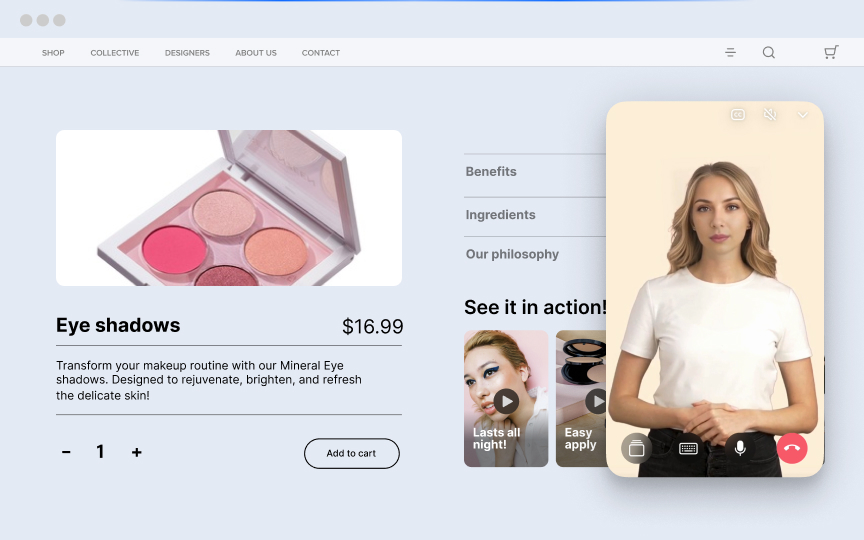
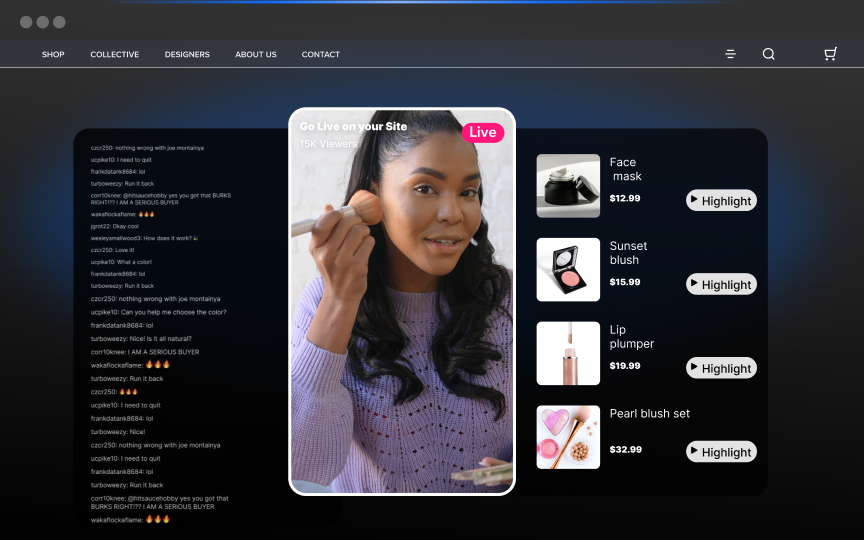
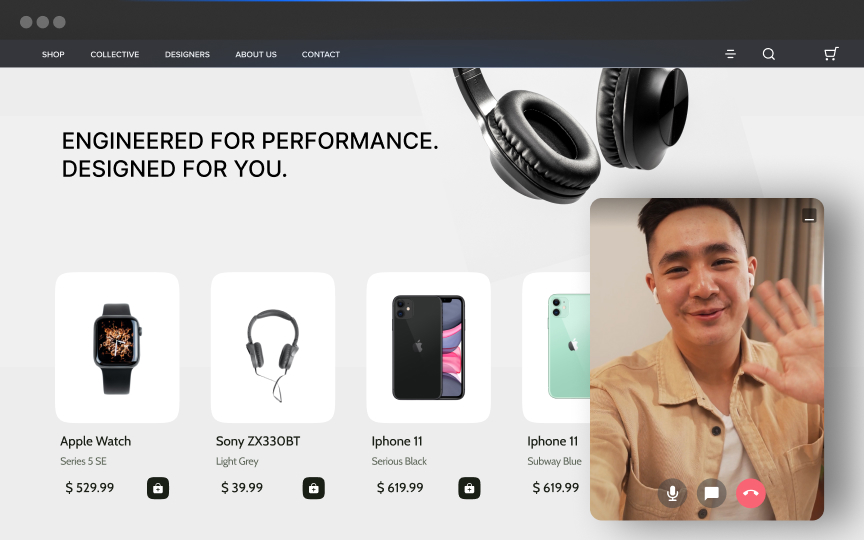






.jpeg)





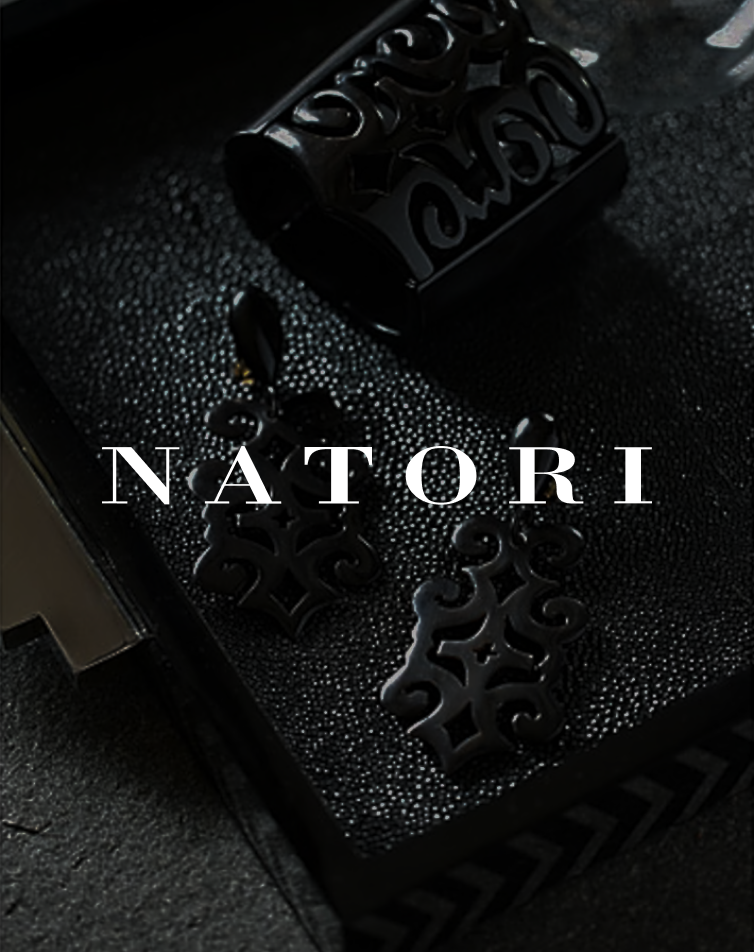






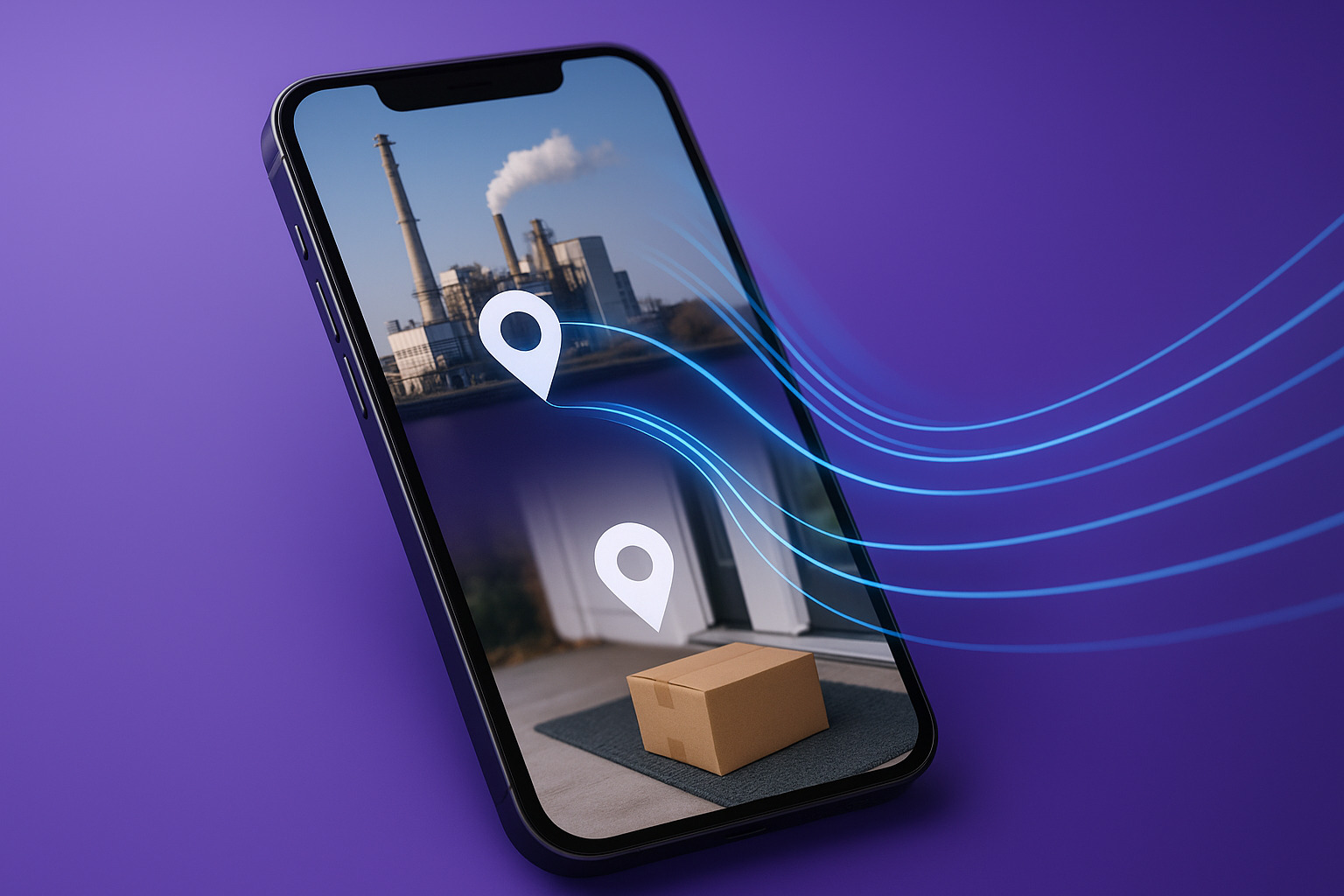

.jpeg)

